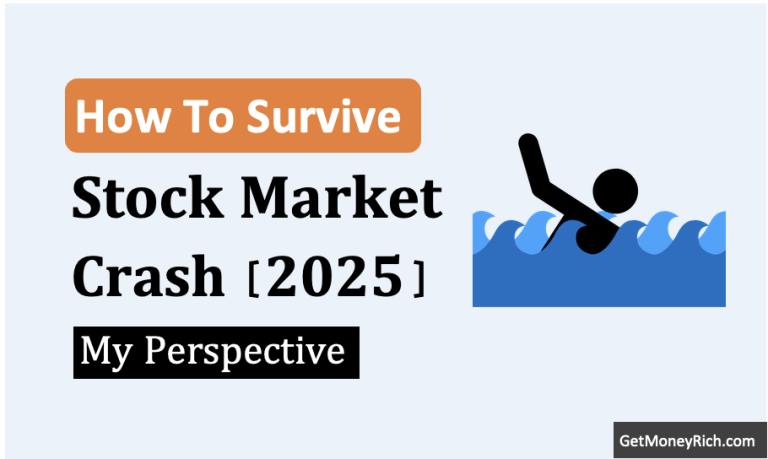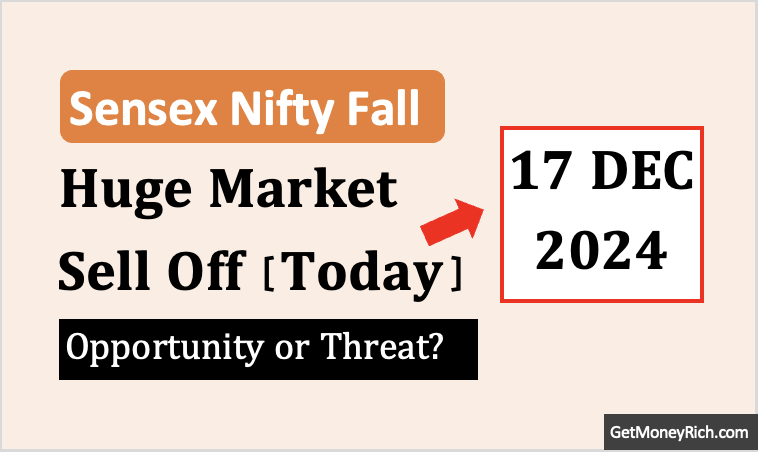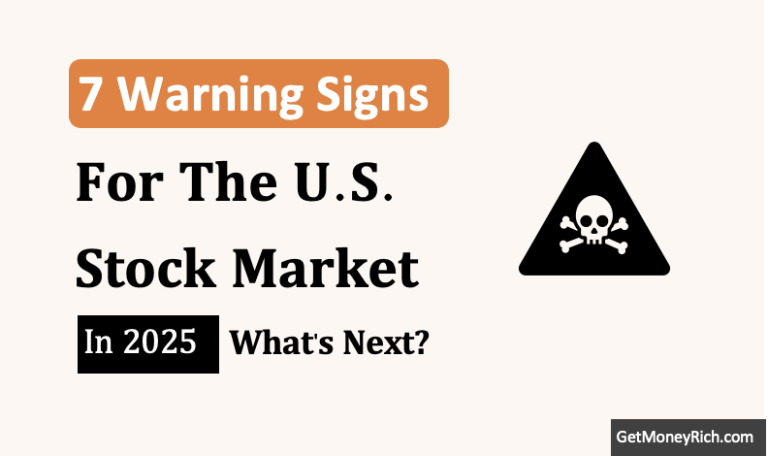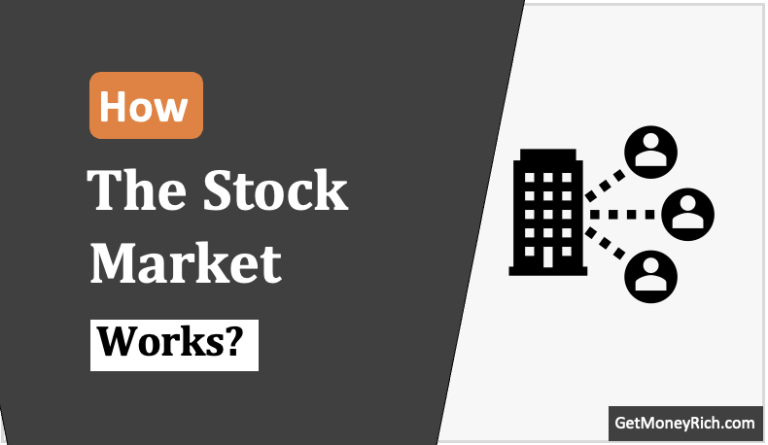Ever felt like a stock price was acting a little…off? Like it was climbing way too fast or plummeting for seemingly no reason? That could be market manipulation at play. Basically, market manipulation is when someone intentionally tries to mess with the natural forces of supply and demand in the market. They’re trying to artificially inflate or deflate a stock’s price. This way, they are creating a false impression of its true value.
To. understand it, think of this analogy. You’re trying to buy a used car. But instead of honest reviews and reliable info, someone’s feeding you a bunch of lies to make you think it’s a dream car when it’s actually a lemon. Market manipulation does the same thing to stock prices.
Why is this a problem? Well, manipulated prices lead to bad investment decisions. You might buy a stock that’s artificially inflated and then watch it crash, leaving you with a loss.
It distorts the market and makes it harder to make smart, informed choices. And unfortunately, it’s usually the institutional players who profit while retail investors like us get burned.
According to a study by the Financial Industry Regulatory Authority (FINRA), manipulated stocks underperform the market by an average of 30% in the year following the manipulation period. So, yeah, it’s a big deal.
Who are the Usual Suspects?
So, who’s pulling these strings? It’s usually not your everyday investor. We’re talking about:
- Institutional Investors (Hedge Funds, Investment Banks): These guys have serious money and resources, making them powerful enough to influence market sentiment.
- High-Frequency Traders (HFTs) & Algorithmic Trading Firms: These companies use super-fast computers and complex algorithms to trade stocks, sometimes using tactics that can be considered manipulative.
- Company Insiders & Promoters: People with access to non-public information about a company can use that to their advantage.
- Social Media Influencers: Nowadays even a Tweet from a popular influencer can affect a stock price.
Why do they do it? The main reason is profit. They want to buy low and sell high (or short high and buy low) and market manipulation helps them to do that more easily.
What is short selling? Imagine betting a friend their new bike will be worth less next year. “Shorting” is similar, you borrow a stock, sell it at today’s high price, hoping its value drops. If it does, you buy it back cheaper, return it, and pocket the difference. Manipulators might spread rumors to force the price down, letting them buy back low after they initially shorted high.
Some may do it to create liquidity (making a stock look more attractive by boosting trading volume) or to influence how people feel about a stock (sentiment).
The Dirty Tricks: Common Market Manipulation Tactics
Let’s get down to the nitty-gritty and look at some of the most common market manipulation tactics. We’ll use real-life (or super realistic) examples to help you wrap your head around them.
a) Pump and Dump
This is a classic scam. Picture this, some online “guru” starts hyping up a tiny, unknown stock (often a penny stock) to their followers, claiming it’s the next big thing. People get caught up in the hype (FOMO) and start buying, driving the price up. The “guru,” who bought the stock way before anyone else, then sells their shares at the peak, making a huge profit. The price crashes, and everyone else is left holding the bag.
Example: Remember the meme stock craze? While not all meme stocks were pure pump-and-dumps, some definitely had elements of it. Social media hype fueled rapid price increases, and some individuals profited handsomely while many later lost money when the hype died down.
b) Short and Distort
The opposite of “pump and dump.”
Here, the manipulator spreads false or misleading negative information about a company to drive its stock price down. They short the stock (betting that it will go down) and then profit as the price falls.
Example: Imagine a hedge fund releasing a report with exaggerated or false claims about a company’s financial troubles, causing investors to panic and sell their shares.
c) Spoofing and Layering
This is a bit more technical, but it’s important to know.
Spoofing involves placing large orders to buy or sell a stock. It is done to creat the illusion of demand or supply. But the orders are cancelled before they can be executed. This tricks other traders into thinking the price is going to move in a certain direction, and they react accordingly.
Layering is a more complex version of spoofing, using multiple orders at different price levels.
Example: Imagine a trader placing a huge order to buy a stock, making it look like there’s strong demand. Other traders see this and start buying too, pushing the price up. The original trader then cancels their order and sells their shares at the higher price.
d) Wash Trading
This is creating fake trading volume by buying and selling the same security multiple times between accounts that you control. This makes the stock look more active and attractive to other investors.
Example: Some cryptocurrency exchanges have been accused of wash trading to inflate their trading volumes and attract more users.
e) Insider Trading
This is probably the most well-known type of market manipulation.
It involves using non-public information to trade stocks for personal gain. Think of a company executive knowing about an upcoming merger that will send the stock price soaring. If they buy the stock before the news is announced, that’s insider trading.
Example: The Raj Rajaratnam case is a famous example of insider trading involving the Galleon Group, a hedge fund. Rajaratnam didn’t just stumble upon the information. He cultivated a network of insiders who leaked confidential details about companies like Goldman Sachs and Intel, which would then lead to unethical gains.
f) Bear Raids
A coordinated effort by short sellers to aggressively drive down a stock’s price.
This involves a mix of media manipulation (spreading rumors), taking large short positions, and creating panic among investors.
Example: Hedge funds might target a company they believe is overvalued and spread negative news about it, leading to a rapid decline in its stock price.
So, How Does This Screw Over Retail Investors?
Market manipulation is a nightmare for retail investors because:
- Misleading Prices: It creates a false sense of a stock’s true value, leading to bad investment decisions.
- Increased Volatility: Manipulation can cause wild price swings, leading to panic buying or selling.
- Wrong Timing: Retail investors often enter the market at the wrong time, buying high during a “pump” or selling low during a “distort,” resulting in losses.
- Narrative Manipulation: Investors believe fake news spread by manipulators.
Basically, you’re playing a rigged game where the odds are stacked against you.
How Regulators Try to Stop the Bad Guys
Regulatory bodies like the SEC (Securities and Exchange Commission) in the U.S. are tasked with preventing market manipulation. They have laws against insider trading, spoofing, and pump-and-dump schemes. They also monitor trading activity and investigate suspicious behavior.
But let’s be real – enforcement is tough. The SEC is locked in a constant technological arms race with manipulators. Plus, proving “intent” is a huge hurdle. Did someone intend to manipulate the market, or were they just making a bad investment decision? This is not easy to establish. Also, they have jurisdictional issues. Market manipulation is not easy to regulate as manipulators adopt new tactics.
How to Protect Yourself?
You might be thinking, “Great, so the market is rigged. What’s the point?” Don’t lose hope.
There are things you can do to protect yourself:
- Recognize the Red Flags: Be wary of stocks with unusual volume spikes, aggressive promotions, or news that seems too good to be true.
- Avoid Illiquid Stocks: Stocks with low trading volume are easier to manipulate. Stick to more liquid stocks.
- Fact-Check Everything: Don’t believe everything you read online. Verify news sources before reacting.
- Long-Term Investing: Focus on long-term investing rather than reacting to short-term noise. It’s harder to be manipulated if you don’t day-trade.
- Fundamental Analysis: Learn how to analyze a company’s financials to determine its true value, rather than relying on hype.
- Be Skeptical of Hype: If everyone’s talking about a stock, that should be a warning sign.
- Diversify Your Portfolio: Don’t put all your eggs in one basket.
- Join Investor Advocacy Groups: Support and participate in organizations that fight for retail investor rights.
- Stay Updated on Regulatory Changes: Keep an eye on what the SEC or other regulators are doing. New rules can impact how the game is played.
Can Market Manipulation Be Stopped?
The Harsh Truth, probably not completely.
As long as there’s money to be made, there will be people trying to game the system. But that doesn’t mean you’re helpless. By being informed, skeptical, and focusing on solid investment strategies, you can significantly reduce your risk of being a victim of market manipulation.
Don’t chase the next get-rich-quick scheme.
Focus on building a diversified portfolio based on sound financial principles. It might not be as exciting as riding a meme stock to the moon, but it’s a lot less likely to end in a crash.
The Ethics of the Game
Let’s be real – sometimes, it feels like the whole financial world is a bit… ethically gray. So, should big institutional investors care if their tactics might hurt small investors?
I think they should. While they’re legally allowed to do a lot of things, it doesn’t mean it’s right. They have a ton of power, and with that comes responsibility. I mean, the market should be fair for everyone, not just those with the biggest wallets.
The financial media also has a big role to play here. They need to be careful about the stories they promote and make sure they’re not just amplifying hype or spreading misinformation. If a news source says a particular stock is great – ask yourself what vested interest they have
Ultimately, it’s all about being aware and making informed decisions. The more we talk about these issues, the more we can hold everyone accountable.
Have a happy investing.






